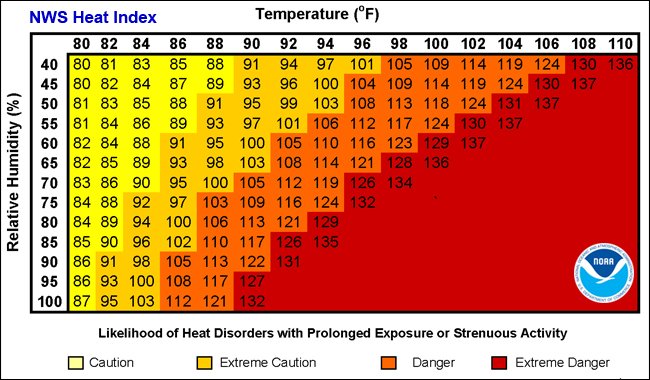Actual temperature versus apparent temperature explained

Wind chill, heat index, feel-like temperature, and apparent temperature… four names that essentially describe the same thing - how the temperature feels on your skin. The temperature you feel on your skin is often different from the actual air temperature. This difference can be attributed to how your body tries to cool off in various conditions.

The two main factors which can impact the apparent temperature are moisture and wind speed. Let’s start with moisture. When your body gets hot, it will start to sweat in an attempt to cool off. The sweat will evaporate from your skin, taking heat with it and cooling you down. This happens because the process of evaporation requires some heat energy and thus has an overall cooling effect. When there is more moisture in the air, it becomes harder for the sweat to evaporate, causing it to feel hotter outside. Conversely, when it is dry outside, the sweat can evaporate easily and lead to it feeling slightly cooler outside than reality.

Wind speed can also play a role. This often times plays a more important role in the winter months. A thin layer of air is always present against your skin. The heat radiating from your body warms this layer of air and helps to keep you from feeling as cold on colder days. When it is windy, this layer of warm air is disturbed and makes your skin feel cooler. Conversely, wind on hot days can help to keep you cooler as the warm layer of air doesn’t stick to your skin.

Both high heat indices and extreme wind chills can pose serious danger. When the heat index soars, the risk for heat exhaustion and heat stroke follows. As well, when it is humid and a high heat index is present, your body will lose water faster as it tries to sweat more and more. This can lead to dehydration to occur faster than anticipated. On the other hand, intense wind chills can lead to frostbite to form on extremities after only just a few minutes.





